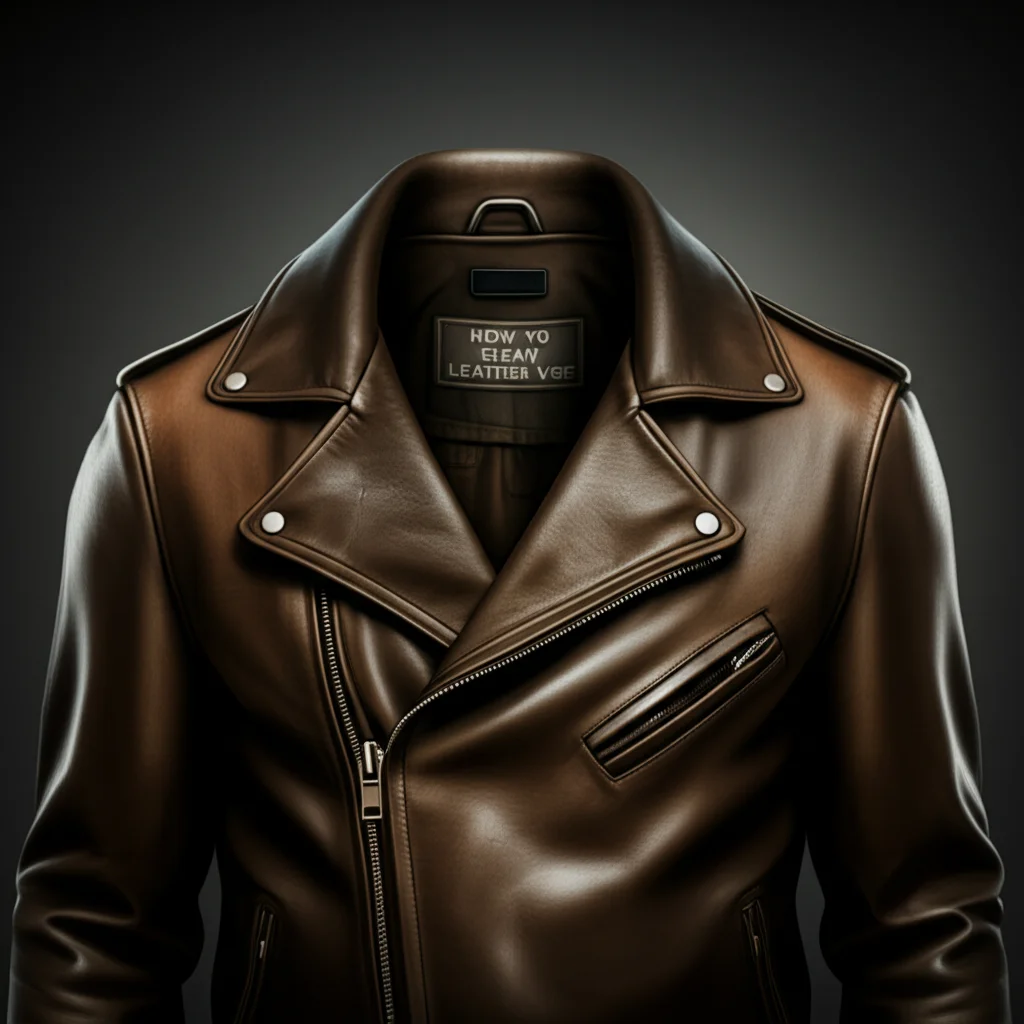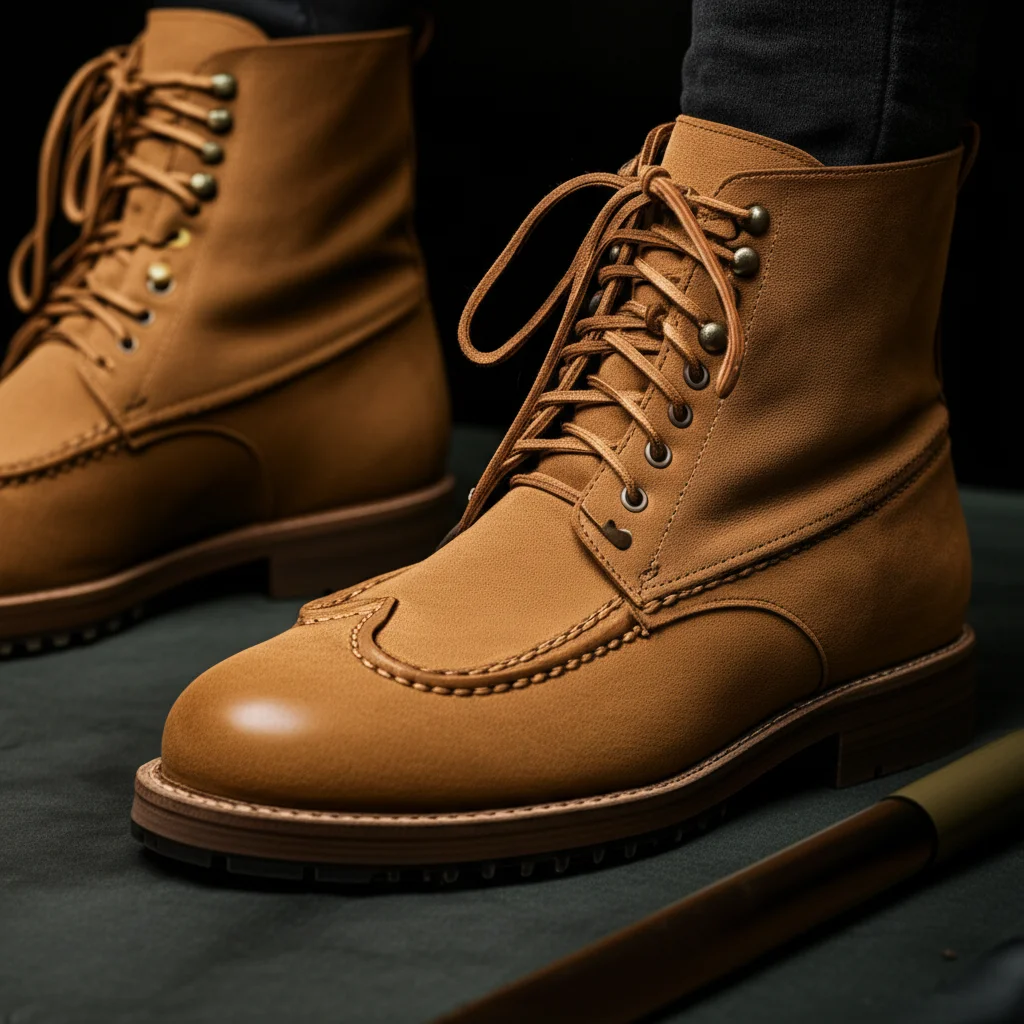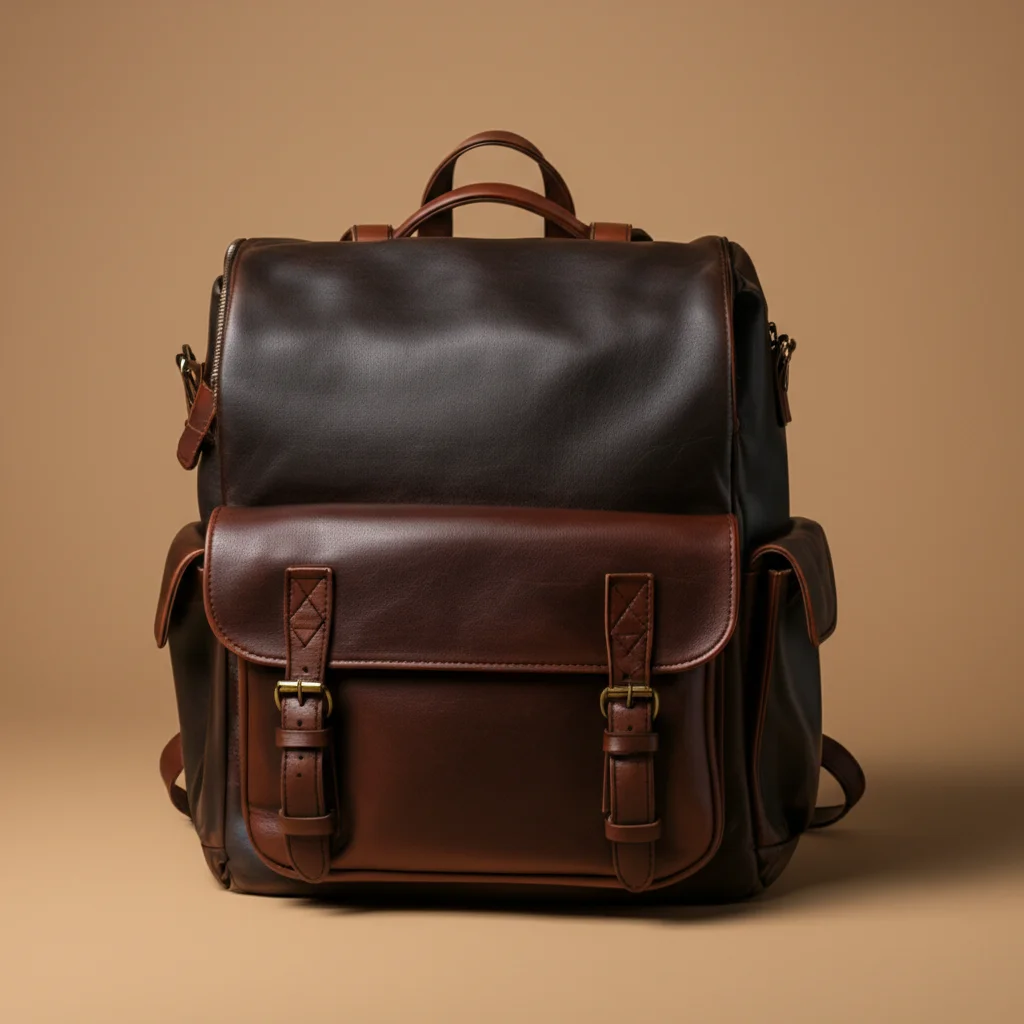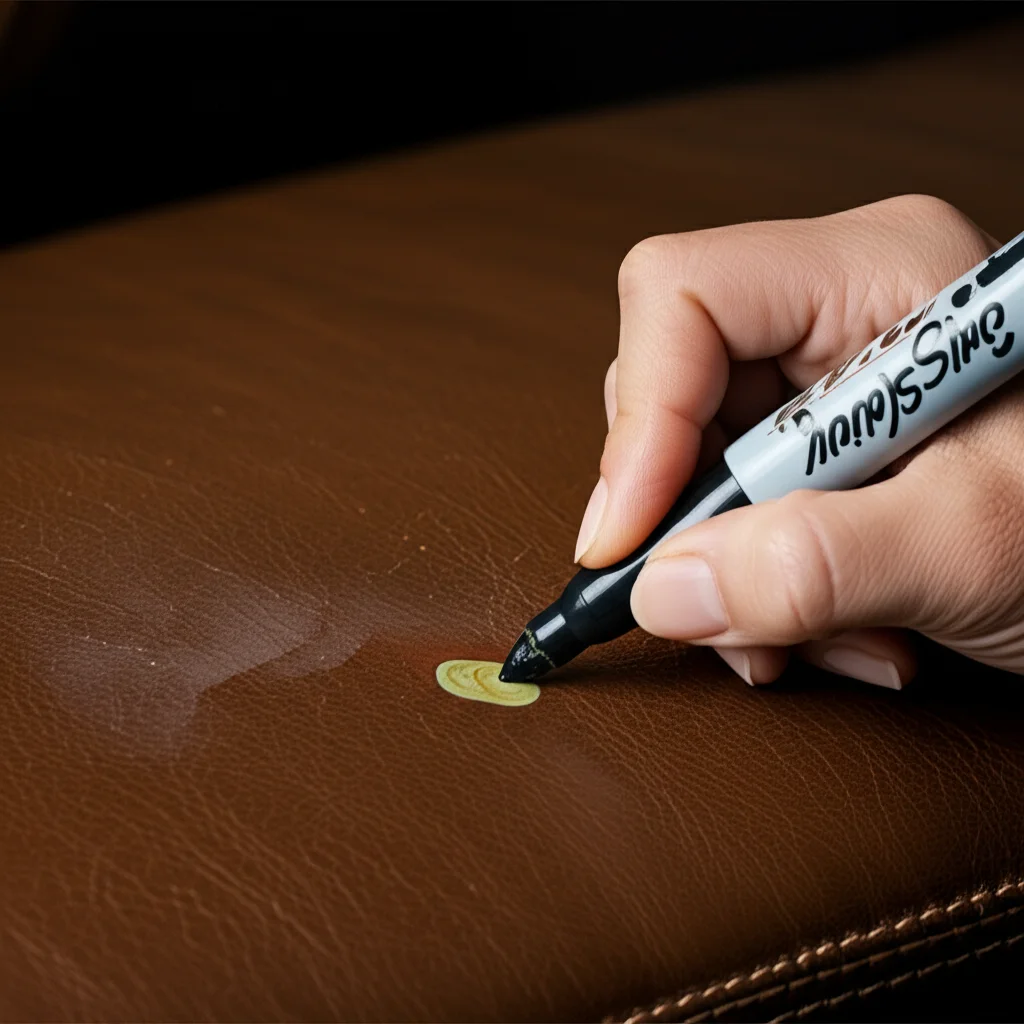· Todd Martin · Leather Care · 13 min read
How To Clean Leather Gloves

How To Clean Leather Gloves
Leather gloves are more than just accessories. They are functional items that provide warmth, protection, and a touch of elegance. From driving gloves to work gloves or stylish fashion pieces, they see a lot of use. Over time, these gloves collect dirt, grime, and body oils. This can make them stiff and discolored. Knowing how to clean leather gloves properly is important. It helps maintain their beauty and extends their lifespan. Regular care prevents damage and keeps the leather supple. In this article, I will guide you through simple steps. You will learn basic cleaning techniques. We will also cover how to remove common stains. You will discover the best ways to dry and condition your gloves. This knowledge ensures your favorite leather gloves stay in great shape for years to come.
Takeaway
- Always test cleaning solutions on a small, hidden area first.
- Use gentle methods to avoid damaging the leather.
- Air dry gloves away from direct heat or direct sunlight.
- Condition leather after cleaning to restore softness.
- Address stains quickly for best results.
How to Clean Leather Gloves: A Quick Answer
To clean leather gloves, gently wipe the surface with a damp, soft cloth using a mild soap solution. Blot stains, do not rub. Rinse with a clean, damp cloth. Allow gloves to air dry completely. Then, apply a leather conditioner to keep them soft and prevent cracking.
Understanding Your Leather Glove Materials
Before you begin cleaning, know your glove material. Leather is a natural product. Different leather types need different care. Most gloves use smooth, full-grain leather. This type is durable and common. Some gloves use softer, thinner lambskin. Others may be suede or nubuck. These have a napped finish.
It is important to identify your specific leather type. This prevents damage during cleaning. Smooth leather tolerates gentle wiping. Suede and nubuck need special brushes and sprays. Patent leather has a shiny, coated surface. Faux leather is not real leather. It is a synthetic material. Each type responds differently to cleaning agents. Always check the care label on your gloves. The label offers specific instructions from the maker. Ignoring this label can cause irreversible damage.
Knowing the leather type helps you choose safe products. This preparation step protects your investment. It ensures proper cleaning without harm. For instance, cleaning a suede glove with water can cause stains. Understanding your material is the first rule for success. This knowledge prevents mistakes and ensures good results. Different leather items also have different cleaning needs. For more on leather types, you can review guides on how to clean leather clothes.
Essential Tools and Solutions for Cleaning Leather Gloves
Gathering the right supplies makes cleaning easier. You do not need many items. Simple household goods often work well. A soft cloth is very important. Microfiber cloths are good because they are gentle. You will need mild soap. Dish soap without strong chemicals works. Saddle soap is also a good choice. It is made for leather.
You also need clean water. Distilled water is best to prevent mineral stains. A small bowl or bucket holds your cleaning solution. For more stubborn dirt, a soft brush helps. A toothbrush can get into small areas. After cleaning, you will need a leather conditioner. This keeps the leather soft. It prevents drying and cracking. You might also need specific stain removers. These depend on the stain type.
Avoid harsh chemicals. Never use bleach or ammonia. These can strip natural oils from leather. They cause permanent damage. Always test your cleaning solution first. Choose a hidden spot inside the glove. Wait a few minutes. Check for any color change or damage. If it looks fine, you can clean the rest of the glove. Having the right tools and solutions ready saves time. It also protects your gloves. For cleaning other leather items, such as how to clean leather shoes, similar tools are often used.
Step-by-Step Guide to Basic Leather Glove Cleaning
Basic cleaning removes surface dirt and grime. This method works for most smooth leather gloves. Always start with dry cleaning. Shake the gloves lightly. This removes loose dust. Use a soft brush or a dry cloth. Gently wipe away any surface debris. This step prevents scratching the leather later.
Next, prepare your cleaning solution. Mix a small amount of mild soap with warm water. Use about one teaspoon of soap per cup of water. Stir it until it forms a light suds. Dip a clean, soft cloth into the solution. Wring out the cloth very well. It should be damp, not wet. Excess water can stain leather.
Gently wipe the entire surface of one glove. Work in small sections. Pay attention to dirty spots. Do not rub hard. Use gentle, circular motions. The goal is to lift dirt, not push it in. Rinse the cloth often in clean water. Repeat the process for the second glove. After cleaning, wipe both gloves with a fresh, clean, damp cloth. This removes any soap residue. Make sure no soap remains on the leather. This helps prevent stiffness. Proper drying is the next vital step. For cleaning other leather items like how to wash a leather jacket, these basic steps also apply.
Tackling Common Stains on Leather Gloves
Leather gloves can get many types of stains. Each stain needs a specific approach. Acting fast often yields the best results.
Ink Stains
Ink is difficult to remove. Use rubbing alcohol or an ink remover made for leather. Apply a tiny amount to a cotton swab. Gently blot the ink stain. Do not rub, as this spreads the ink. Work from the outside of the stain inward. Repeat until the ink fades. Wipe with a damp cloth afterward. For more details on ink removal, see our guide on how to clean ink off leather.
Oil and Grease Stains
Oil and grease can darken leather. Sprinkle cornstarch or baking soda on the stain. Let it sit for several hours, or overnight. The powder absorbs the oil. Brush off the powder gently. Repeat if needed. For stubborn grease, use a small amount of mild dish soap directly on the stain. Blot gently. Rinse with a damp cloth.
Mold and Mildew
Mold grows in damp conditions. Mix equal parts water and rubbing alcohol. Dampen a cloth with this solution. Gently wipe away the mold from the surface. For deeper mold, a very diluted vinegar solution might help. Test it first. Let the gloves air dry completely. Ensure the area is well-ventilated. Proper drying prevents mold return. You can learn more about this issue by reading how to clean mold off leather jacket.
Paint Stains
Removing paint from leather can be tricky. If the paint is wet, blot it immediately with a paper towel. For dried paint, try softening it with a small amount of mineral spirits on a cotton swab. Apply very carefully to the paint, not the leather around it. Gently scrape with a blunt edge. This can lift the paint. Always test a hidden area first. Different paints may react differently. For more in-depth advice, check our article on how to clean paint off leather.
Always remember to re-condition the leather after treating any stain. This helps restore its natural moisture and feel.
Drying and Conditioning Leather Gloves Properly
After cleaning, drying is a crucial step. Improper drying can make leather stiff or cracked. Always air dry your leather gloves. Do not use direct heat. Avoid hair dryers, radiators, or direct sunlight. High heat can shrink and damage the leather fibers permanently.
To dry gloves, gently reshape them. You can put them on your hands for a moment. This helps them keep their form. Place the gloves on a clean towel. Lay them flat or hang them. Use a clothes hanger without clips, or clip them by the wrist to avoid marks. Ensure good air circulation around them. You can also stuff them lightly with paper towels. Do not use newspaper. Ink from newspaper can transfer to the leather. Change the paper towels often if they get damp.
Drying usually takes several hours. Thicker leather may take longer. Once dry, it is time to condition. Leather conditioner puts back lost moisture. It keeps the leather soft and flexible. Apply a small amount of conditioner to a clean, soft cloth. Gently rub it into the leather. Use circular motions. Make sure to cover the entire surface. Let the conditioner soak in for a few minutes. Then, buff off any excess with a clean, dry cloth. This step is vital for longevity. Without conditioning, leather can become brittle. It can crack and lose its appeal. For similar care advice on other items, refer to how to clean leather boots.
Advanced Care and Maintenance Tips for Leather Gloves
Beyond basic cleaning, regular care extends your gloves’ life. These tips help maintain their condition.
Store your leather gloves properly. Keep them in a cool, dry place. Avoid direct sunlight. Sunlight can fade and dry out leather. Use a breathable bag or a drawer. Do not store them in plastic bags. Plastic prevents air flow. This can cause mold growth or make the leather sticky. Stuffing them lightly with tissue paper helps hold their shape.
Condition your gloves regularly. How often depends on use. If you wear them often, condition every few months. If they are stored, condition once a year. This keeps the leather soft and prevents drying. Use a high-quality leather conditioner. There are many types. Pick one suited for your glove’s leather.
Protect your gloves from water. Leather is not waterproof. A waterproofing spray can add a layer of protection. This helps repel water and stains. Apply it before the first wear. Reapply as needed. Test the spray on a hidden spot first. Some sprays can alter the leather’s appearance.
Handle your gloves with clean hands. Oils and dirt from your hands transfer to the leather. This causes premature grime. If your gloves get wet, let them air dry naturally. Do not force dry them. Treat small scuffs or marks quickly. A soft cloth can often buff out minor issues. For deeper scuffs, a leather repair kit might be needed. Caring for your gloves like this ensures they remain a staple in your wardrobe.
Special Considerations for Different Leather Glove Types
Not all leather is the same. Different types of leather require specific cleaning techniques. Using the wrong method can ruin your gloves.
Suede and Nubuck Gloves
Suede and nubuck have a soft, napped finish. Water can stain these materials. Never use water or liquid cleaners. Instead, use a suede brush. Gently brush off dirt and scuffs. Move in one direction. For stubborn spots, use a suede eraser. This removes marks without water. For more information, refer to how to clean suede leather. After cleaning, apply a suede protectant spray. This helps repel future stains and water.
Patent Leather Gloves
Patent leather has a high-gloss, coated finish. This surface is easy to clean. Wipe it with a damp cloth. Use mild soap if needed. Dry with a clean, soft cloth. Do not use harsh abrasives. These can scratch the shiny surface. For scuffs, a tiny bit of petroleum jelly can help. Rub it in and wipe clean. For more about this material, see how to clean patent leather.
Faux Leather Gloves
Faux leather is a synthetic material. It is not real leather. Faux leather is often more durable with water. You can wipe it with a damp cloth and mild soap. Rinse well. Air dry. Do not use leather conditioners. They are not made for synthetic materials. Instead, use a vinyl or faux leather conditioner. This keeps the material soft. For detailed steps on similar materials, check out how to clean faux leather.
Lambskin Gloves
Lambskin is very soft and thin. It is delicate. Clean these gloves with extreme gentleness. Use very little water. Blot, do not rub. Always use a mild, pH-neutral soap. Dry them carefully. Lambskin needs regular conditioning. It dries out easily. Use a light, non-greasy conditioner. Treat these gloves with extra care. Their softness makes them prone to damage if handled roughly.
Understanding these differences helps you apply the correct cleaning method. This ensures your specific leather gloves remain beautiful and last a long time.
Frequently Asked Questions (FAQ)
How often should I clean my leather gloves?
Clean your leather gloves when they look dirty or feel stiff. For casual use, a light cleaning every few months is enough. If you wear them daily or for dirty tasks, clean them more often. Regular light wiping helps prevent deep grime buildup.
Can I machine wash leather gloves?
No, do not machine wash leather gloves. Machine washing can cause leather to shrink, crack, and lose its shape. The harsh detergents and agitation damage the material. Always clean leather gloves by hand. Hand cleaning is gentle and safer for the leather.
What happens if leather gloves get wet in the rain?
If your leather gloves get wet, gently blot excess water with a clean towel. Reshape them on your hands. Then, let them air dry naturally away from direct heat or sunlight. Do not wring them. Once dry, apply a leather conditioner to restore moisture.
Can I use household cleaners like glass cleaner on leather gloves?
No, avoid using harsh household cleaners like glass cleaner, multi-surface sprays, or bleach. These products contain chemicals that can dry out, discolor, or damage leather permanently. Stick to mild soap and water or specialized leather cleaners.
How do I store leather gloves to prevent damage?
Store leather gloves in a cool, dry place away from direct sunlight. Use a breathable fabric bag or place them in a drawer. You can lightly stuff them with acid-free tissue paper to help maintain their shape. Avoid plastic bags, which trap moisture.
What is the best type of conditioner for leather gloves?
The best conditioner is one specifically made for the type of leather your gloves are. Look for a pH-neutral leather conditioner or a cream formula. These help restore natural oils without leaving a greasy residue. Always test on a hidden area first.
Conclusion
Keeping your leather gloves in top condition is easy with the right approach. We have covered the steps to effectively clean leather gloves. Remember to identify your glove material first. Then, gather your simple cleaning tools. Use mild solutions and gentle techniques. Always ensure proper drying. Follow up with a good quality leather conditioner. This process keeps the leather soft and supple. It also helps prevent cracking and extends their lifespan.
Addressing stains promptly is important. Different stains need different methods. Understanding these specific techniques will keep your gloves looking their best. Regular care and proper storage also make a big difference. With these tips, your favorite leather gloves will remain a cherished item for many years. Invest a little time in their care. You will enjoy their comfort and style for seasons to come. Your hands will thank you.





